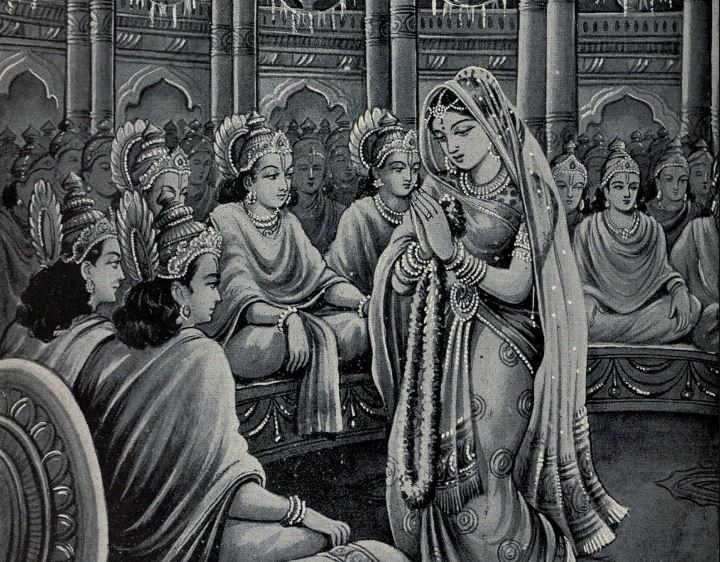It’s unknown where the Swayamvara ceremony first appeared. It’s debatable if the Swayamvara of Sati, the daughter of Daksha, was the first record. In front of her family and celestial beings, she decided to wed Lord Shiva.
The Swayamvara of Princess Damayanti of Vidarbha in The Mahabharata is also the first documented instance where several suitors were invited for the event. Damayanti rejected all of the gods present in the assembly and chose the human Nala.
According to research, women’s empowerment was a well-known idea in ancient India. In addition to the Swayamvara, the Vedas mention a number of other rituals that share this viewpoint in the realms of education, the arts, music, and even combat. In ancient Hindu civilization, there were eight recognised types of marriage. Due to the influence of foreign invasions after the Vedic period, the majority of these have been lost. It is believed that comparable factors also contributed to the loss of the Swayamvara ritual’s purity.
The ritual undoubtedly affords the lady more control over the process of locating a compatible companion than the conventions of modern arranged marriages. Sadly, it also eliminates any opportunity the woman could have to select a partner who she genuinely loves.
Also Read – Why Do Hindus Worship Tulsi Plant?



